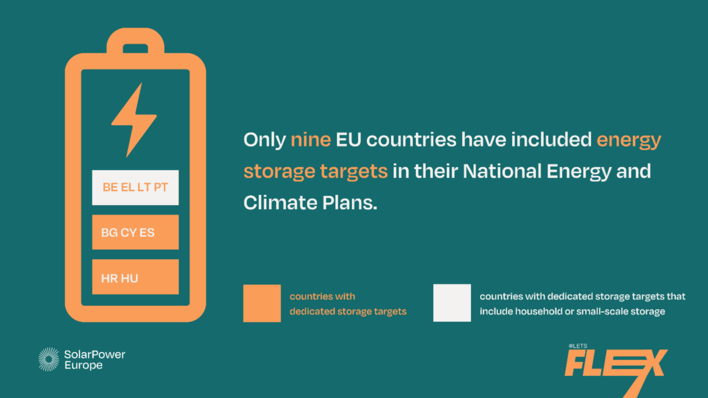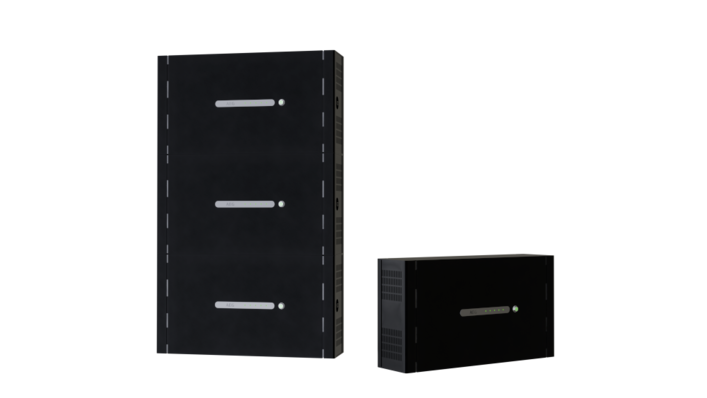First time KIT presented the checklist at EES Europe 2017 in Munich. The colors green, yellow and red of the table illustrate a traffic light system that the scientists have developed. All information is anonymous, which company or brand scores how much is not apparent. However, the checklist shows how 16 residential battery energy storage systems of different manufacturers score in different areas. Four other devices from other manufacturers have been measured additionally.
Revisable efficiency criteria
The efficiency and performance of the solar battery can be classified via a short checklist with six key figures. Because the market with about 50 different manufacturers of residential energy storage systems is confusing and the data from many data sheets require lots of explanation. For battery manufacturers, it is important to have simple, verifiable and independent criteria.
The first criteria is the battery efficiency: "The battery efficiency of the 16 devices is between 78 and 98 percent," reports Nina Munzke, who coordinates the energy storage research at KIT.This results in an enormous range of 20 percentage points. "We did not rely on data in the data sheets, but on the key figures in the real operation of a reference household," she emphasizes.
Performance at partial load
The efficiency of the power electronics is the second key figure. Here, the power flows of the solar direct feed as well as the charging and discharging of the battery are relevant. The measurement results show that, especially during unloading, the power usually remains below one kilowatt. "The efficiency in partial load plays a decisive role," says Munzke. Thirdly, the internal consumption shows values between three and 72 watts, depending on the charge level of the battery. Fourthly, the reaction time was based on changed consumption or production. The so-called dead time, i.e. the time required for a system to react to changes, is between 0.2 and 21.7 seconds. The time until the system has re-adjusted is 1.5 to almost 72 seconds. The range is again enormous.
Real operation system efficiency
The fifth key figure provides the efficiency of the entire system, again in real operation. It includes the previously mentioned key figures and represents the ratio between self-consumed and grid-fed kilowatt hours to the generated energy. Result: The tested energy storage systems range between 78 and 94 percent. "Two of the manufacturers are completely red marked and not recommended for safety reasons," Munzke says. Due to the lack of electromagnetic compatibility no values could be determined for another tested device.
Intelligent charging strategy
The last point identifies whether an intelligent charging strategy exists. This means that the solar power production is shifted from midday peak the battery. That was the case with four of the stores, so the rate is 25 percent. An intelligent strategy prevents the solar battery from being loaded too early. For when lithium batteries are in a very high charge state for an extended period of time, they simply age faster. Such an intelligent charging strategy also supports grid stability and ensures a better integration of the solar power. (HCN/NHP)
Read more about energy storage
Stay informed, get our free newsletter, twice a week, register here
Related information:
http://www.pveurope.eu/News/Energy-Storage/Energy-storage-How-to-compare-costs







